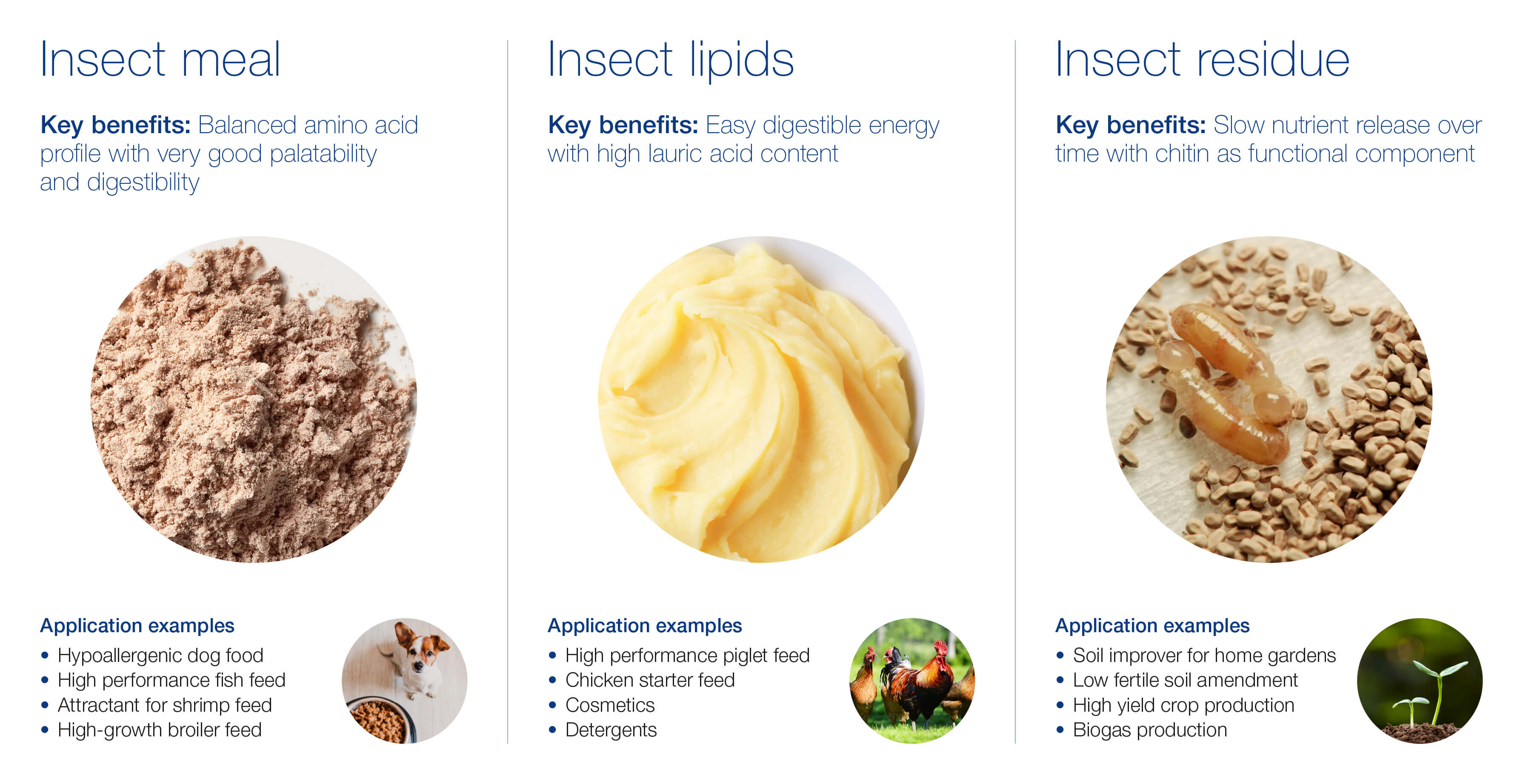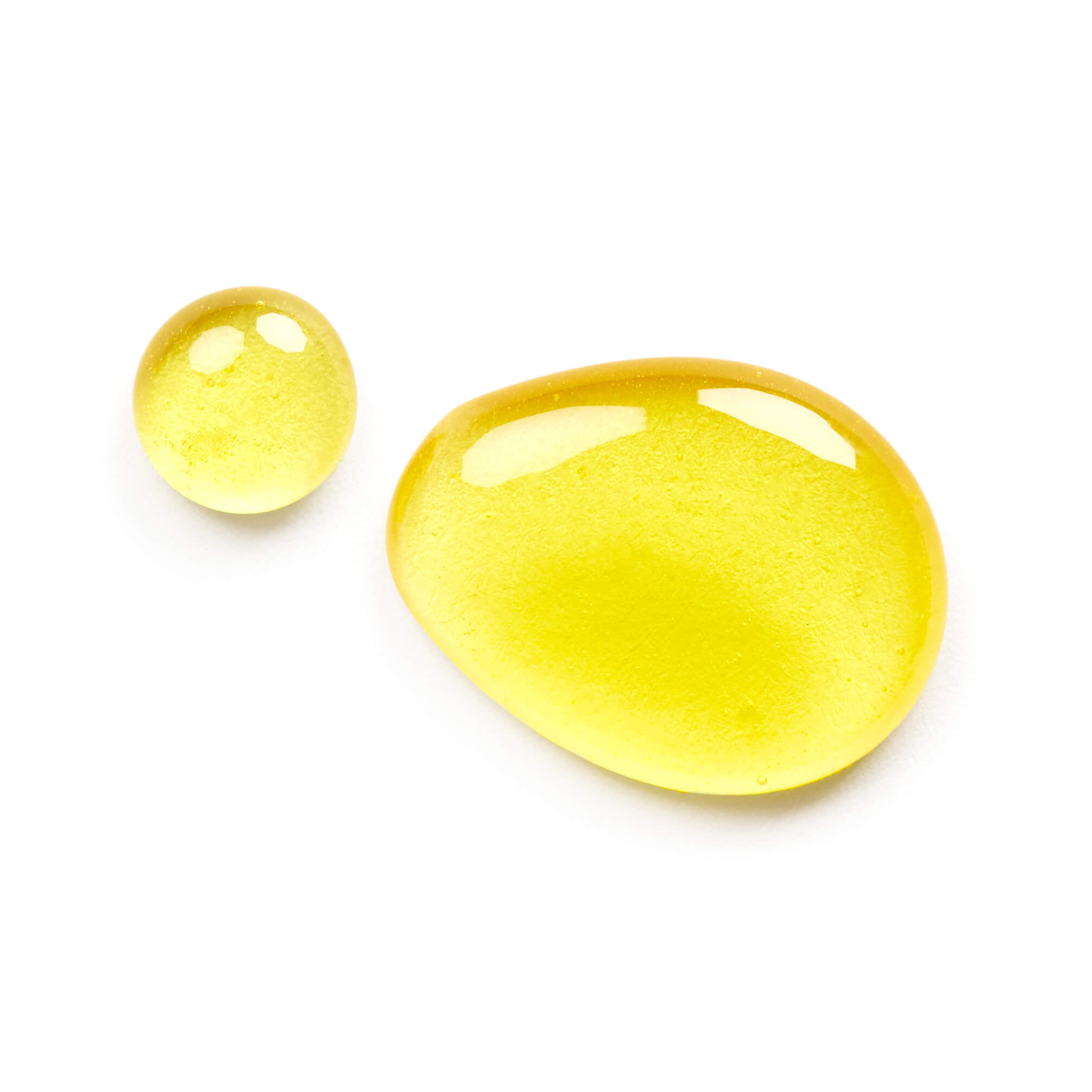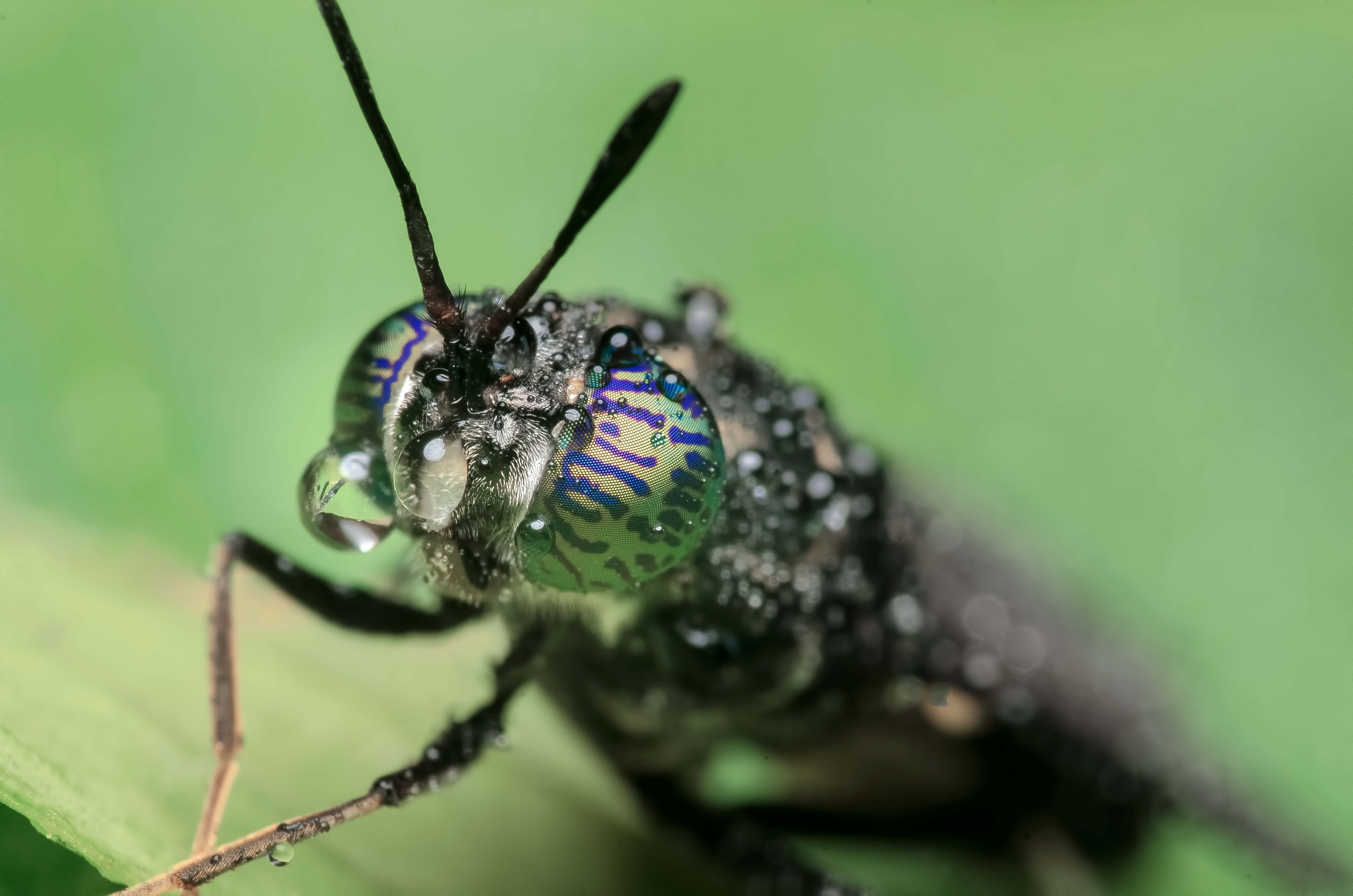Insects – the protein source of the future
The global population continues to grow. In the last five decades, it has doubled, from four to eight billion, and the UN predicts that we will be close to 10 billion by 2050.
This puts a tremendous strain on the world’s current food sources, and major changes in food production methods will be required to ensure a sufficient and sustainable supply of nutritious food.

Rapid growth in demand
Changes in food habits will cause the demand for protein to outpace the population growth. Estimates indicate that we will consume 50% more protein by 2050, corresponding to an additional 256 million tonnes per year.
At the same time, the space required to produce traditional meat and plant-based proteins is limited, and meat production is very resource intensive.
Another factor to consider is that one-third of the food produced globally currently goes to waste.
The above challenges clearly show that we need new ways to produce protein if we want to close the protein gap.

At the forefront of insect processing technology
The development of new processes for production of insect protein is accelerating. As one of the industry's leading equipment suppliers, we at Alfa Laval are ready to help you if you wish to enter or expand into this exciting new business.
We follow the insect market's development and our future customers' needs closely. We have a wealth of experience with protein applications and development projects, as well as developing protein-based solutions. We can work with you to develop innovative approaches for producing top-quality insect hydrolysate proteins and insect protein isolates. We can also develop solutions for extraction of by-products such as chitin, creating new income streams.
Insect-based proteins
Using insects as a protein source is one way of meeting the growing challenges of protein supply and food waste. Insects are a sustainable protein source, and the rearing process requires minimal resources compared to traditional livestock farming.
The main input stream is various types of waste, such as agriculture, breweries, food production processes, and kitchen waste. In this way, insect farming contributes to the circular economy and is a sustainable and profitable way to convert organic waste into valuable products.
There are three output streams from a combined insect-rearing and protein-rendering plant:
1. Insect meal
Insect protein meal is of high quality and has a balanced amino acid profile, as well as very good palatability and digestibility. Common uses for insect-protein meal include:
- Hypoallergic dog food
- High-performance fish feed
- High-performance poultry feed
- Attractant for shrimp feed
- High-growth broiler feed
2. Insect lipids
The lipids from insect processing are easily digestible and has a high lauric acid content. Common uses for insect lipids include:
- High-performance piglet feed
- Chicken starter feed
- Cosmetics
- Detergents
- Biodiesel
3. Insect residue
The residue from insect rearing (known as frass), e.g. insect waste, can be reused as fertilizer in farming and gardening. Another possible use is as raw material for biogas production.

The role of insect farming in the food supply chain
Production of insect protein has a very low environmental impact compared to other forms of protein. In addition, insect farming can plan an important role in making other parts of the food supply chain more sustainable.
Farmed crops and animals are our main source of food today. After processing, purchase and consumption, there’s a massive 1.3 billion tons of organic waste. Most of this provides no further value and is lost.
However, the waste can be reused as feed to insects. With the proper dosing, it provides the perfect feed to support insect growth. The reared larvae can be processed into valuable protein and lipids and used as animal feed. Insects are already a natural diet for many animals and an attractive feed for fish and poultry.
Residue from insect rearing – insect loss and insect waste – can be utilized as fertilizers in crop farming, meaning insects provide a sustainable source of nutrients for both farmed crops and animals.
Insects can be produced locally and do not require the vast spaces that other protein sources – such as livestock – require for cultivation.


Example: black soldier fly larvae
Numerous insect species with high nutritional value are suitable for farming, e.g. crickets and mealworms. However, the most popular species is the black soldier fly larvae, which has many benefits:
1. Feedstock flexibility
The larvae can be fed with many different forms of organic waste, including:
- Fruit and vegetable leftovers
- Spent grain from breweries
- Commercial food slurry
- Residues from processing dairy products and other foodstuffs
- Food discarded from bakeries, supermarkets, and the food service industry
2. Rapid growth
The short growth cycle makes the black soldier fly very suitable for farming. After the eggs have been laid, it only takes one to two weeks before the larvae are ready for harvesting.
3. High concentration of nutrients
Since the fully developed fly doesn’t have a mouth, it must accumulate all the energy and nutrients it will require for its entire life while it is in the larva stage. As a result, the larvae have an exceptional ability to take up nutrients, transform them into proteins and lipids, and store them.
4. Suitable for mass rearing
Black soldier fly larvae thrive in high-density environments, making them ideal for insect farming.
Insect meal as fish feed
Key market indicators show that the industrial insect processing market holds enormous growth potential, and investments to capitalize on this expansion are increasing.
One of the key applications of insect protein is fish farming. Fish production in aquaculture plants is increasing steadily, and so is the demand for fish feed. However, even though the production of fishmeal, the dominant feed in aquaculture, is essential for the industry, capacity is already beginning to get stretched. This underlines the need for new sources of protein that can secure the global food supply chain.
The development of new processes for production of protein from insects is accelerating. As one of the world’s leading suppliers of equipment for production of insect protein, we at Alfa Laval are ready to help you if you wish to enter or expand in this exciting new business.

